Over 50 years have passed since the 1973 Academy Awards, where The Godfather earned its place in cinematic legend. But while the world remembers Marlon Brando and the Corleones, few remember that another film—Cabaret—walked away with more Oscars that night, including Best Director and Best Actress.
This movie has a place in the American Film Institute’s top one hundred and garnered Oscars such as Best Director (Bob Fosse), Best Leading Actress (Liza Minnelli), and Best Featured Actor (Joel Grey)—yes, he beat Al Pacino. But Cabaret is more than a dazzling musical. Beneath the jazz hands and smoky nightclub lights lies a chilling message: political apathy and cultural distraction can pave the way for disaster. In a time when history feels like it might repeat itself, Cabaret deserves a second look—not just as art, but as warning.
The roots of Cabaret stretch back to Christopher Isherwood’s semi-autobiographical novel Goodbye to Berlin (1939), in which he captured life under the Weimar Republic and the eerie normalcy that preceded the Nazi rise to power. His observations of Berlin’s nightlife and his friendship with a nightclub performer (fictionalized as Sally Bowles) inspired later adaptations, most notably John Van Druten’s 1951 play I Am a Camera.
It wasn’t until Broadway legend Harold Prince got involved that Cabaret took musical form. Prince, the producer behind shows like West Side Story, Fiddler On The Roof, and Sweeney Todd, brought together composer John Kander and lyricist Fred Ebb—a duo known for Chicago and New York, New York. The result was the groundbreaking 1966 Broadway production of Cabaret, starring Joel Grey as the Emcee. By then, the story had evolved: Sally and Cliff (based on Isherwood himself) became star-crossed lovers, sleepwalking through the declining political situation of 1930s Germany. Grey’s Emcee, added to the musical, served as an omniscient narrator, commenting on the action with knowing wit and charm.
Hal Prince’s 1966 direction underlines Cabaret’s enduring significance, whether in film or on stage. During rehearsal, Prince showed his cast pictures of violent white supremacist groups from the Civil Rights era. As he intended, the cast assumed they were images from Nazi Germany. The parallel is stark: in any era, there is often a violent conservative group on the rise. Cabaret remains a chilling and relevant mirror to real life.
When Bob Fosse adapted Cabaret for film in 1972, he reimagined the story yet again. Despite the failure of his directorial debut, Sweet Charity, Fosse was given a second chance and he delivered a masterpiece. He cast Liza Minnelli, who had just begun to make a name for herself beyond her mother Judy Garland’s shadow, as Sally Bowles, and Michael York as Brian Roberts (a renamed Cliff). York may be better known as Basil Exposition from Austin Powers or as Asher Fleming (the Yale professor we would prefer to forget) from Gilmore Girls. Joel Grey reprised his stage role as the Emcee, becoming one of the rare performers to win both a Tony and Oscar for the same character.
Fosse’s film made significant changes to the musical’s structure. Most notably, all but one of the musical numbers were presented as diegetic performances within the nightclub, blurring the lines between entertainment and commentary. A major plot line about Sally and Cliff/Brian’s landlady falling in love with a Jewish fruit vendor was replaced with the younger Fritz and Natalia who struggled with some similar difficulties because of Natalia being Jewish. The song, “Maybe This Time,” not in the original stage show, became one of the film’s standout, iconic, numbers and was later incorporated into stage revivals.
What remained unchanged was Cabaret’s core: a condemnation of political apathy and indifference. Musical numbers like “If You Could See Her,” where the Emcee serenades a woman in a gorilla suit, unmask the dehumanizing power of prejudice hiding behind humor and entertainment. Perhaps even more relevant, “Money Money” takes a look at the sacrifices citizens will make in a time of economic trouble. Voters are willing to turn a blind eye to whom they might hurt when money runs low. These are only the most obvious examples.
As the Emcee’s nightclub numbers subtly reflect the escalating political situation, Sally brings Brian into the nightlife of Berlin, offering him a place to stay and sweeping him into a romance. They are initially consumed with a scandalous love triangle and a pregnancy square, ignoring the rising Third Reich until it becomes impossible for Brian to look away. The core conflict emerges: Brian knows it is time to leave Berlin because of the worsening political climate, but Sally refuses to abandon her glamorous dreams. She brushes politics under the rug until it is too late. Some of us are Brian. Some of us are Sally. We find out who we are when political choices come calling.
Cabaret does not end with a gritty depiction of World War II and Nazi Germany. It is not a war movie or a Holocaust movie. It is about what comes before, the time that many fear we may be living through right now. The film ends with the characters having made their decisions to stay or go. We are left to imagine what happens next, even though we already know from what we have read in our history books. Cabaret echoes a political anxiety many of us recognize today. We don’t know what’s coming—or do we?
In an eleven o’clock musical number, Sally Bowles sings that “life is a cabaret”: “What good’s permitting some prophet of doom to wipe every smile away?” What good is reading the miserable news when modern life bombards us with distractions? Today, we are surrounded by media: new movies, outfit inspiration, cooking tutorials, and all the entertainment we could want at the touch of a screen. Life moves at a frantic, anxious pace. At the same time, politics are teetering on the edge more dangerously than they have in decades. Accusations of rising fascism are constant. Antisemitism is surging. Minority rights are under attack. When we finally look up from the vibrant chaos of the digital era, we start to notice.
Cabaret is a necessary and chilling wake-up call, urging us to separate ourselves from our personal whirlwind and confront the evil we are ignoring just around the corner. In the film’s final moments, the Emcee presents us with a mirror. Reflected in the glass is a blurry crowd of common people and Nazis sitting together in the glamorous night club. We know how their story ends. If we make the same mistakes, we will know how our story ends as well.




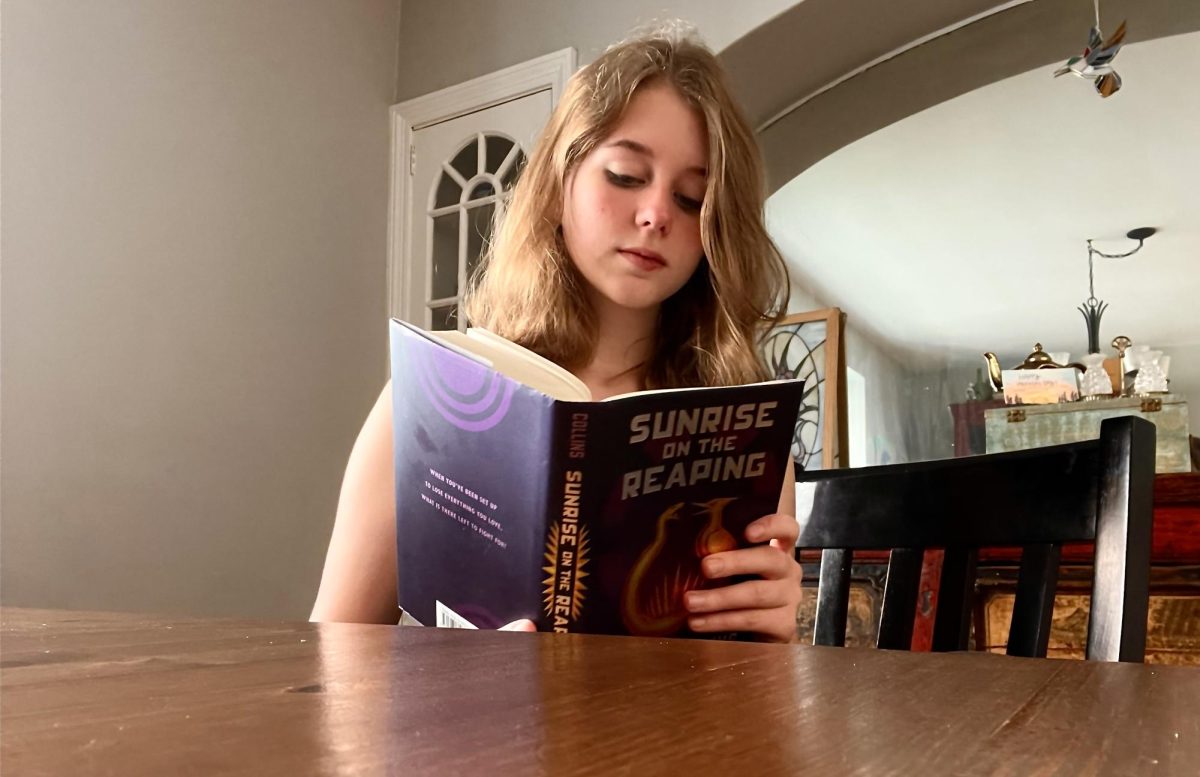
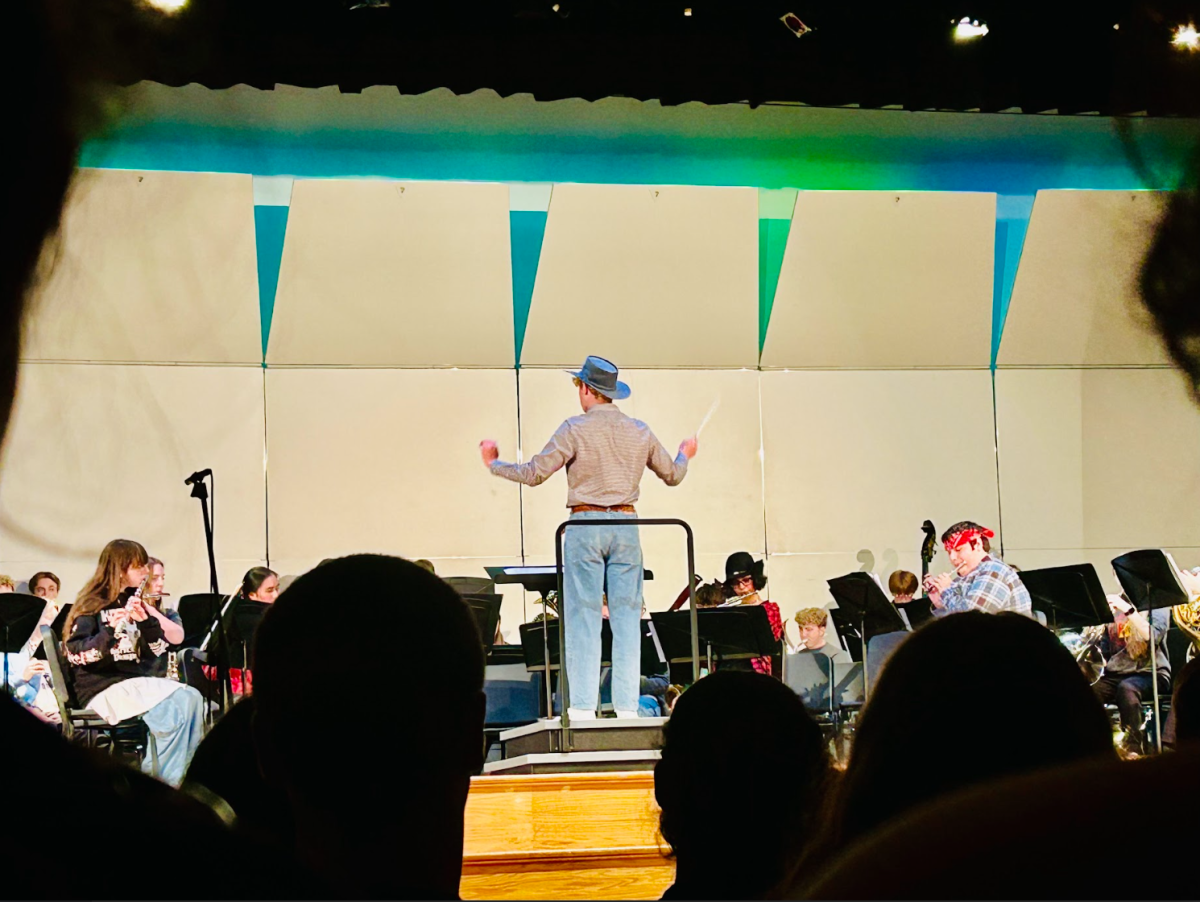

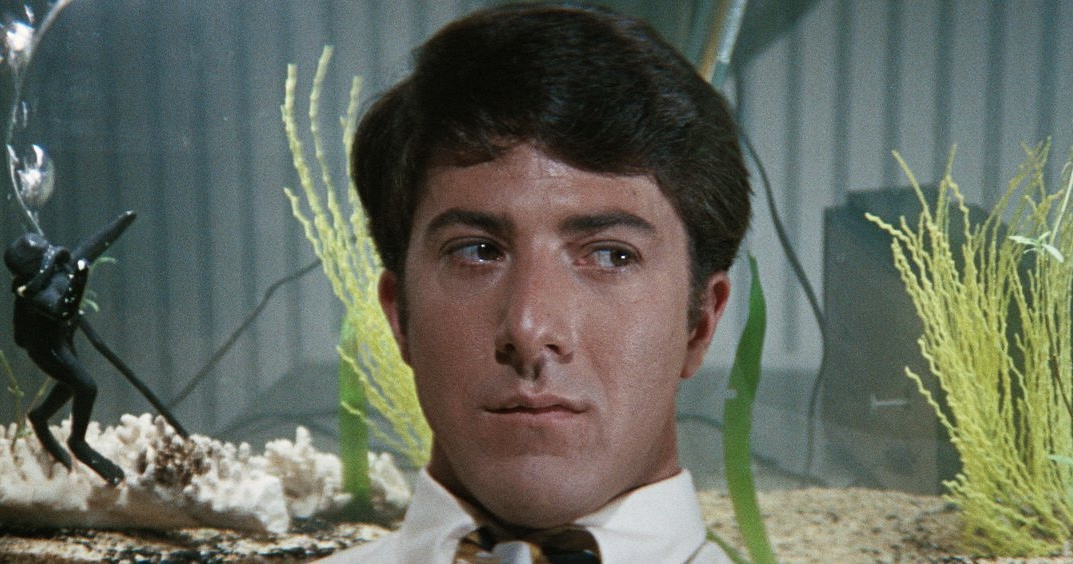

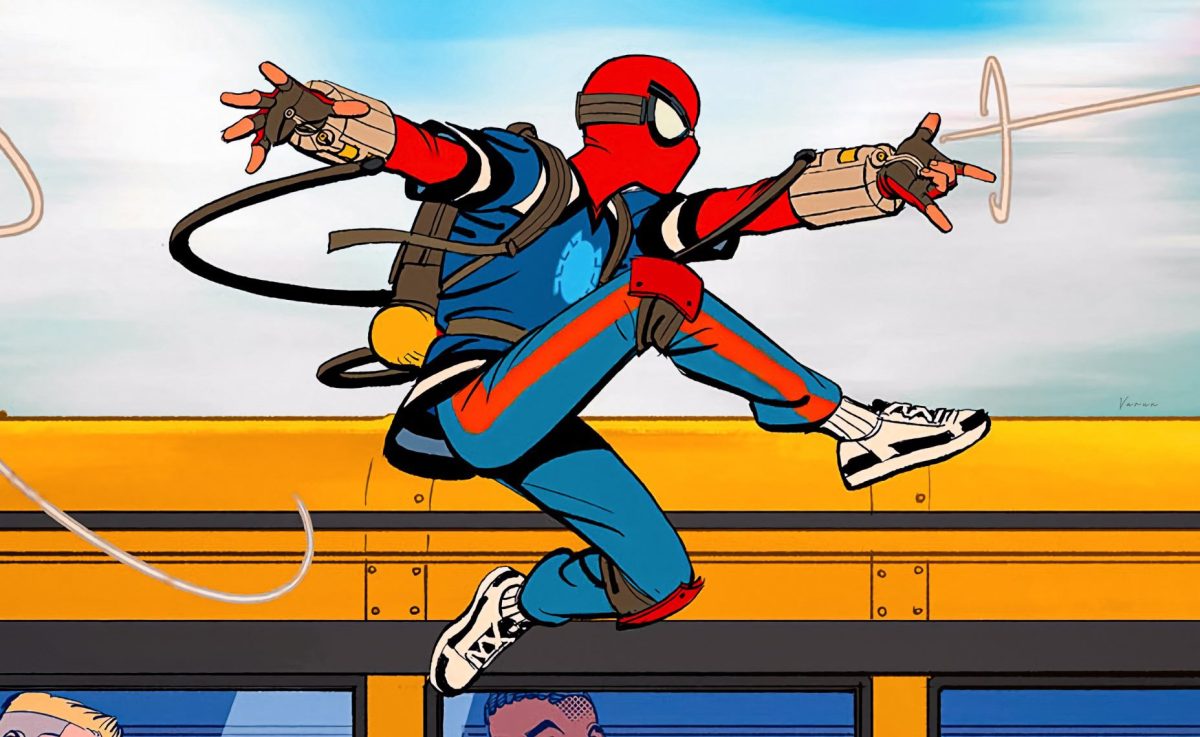

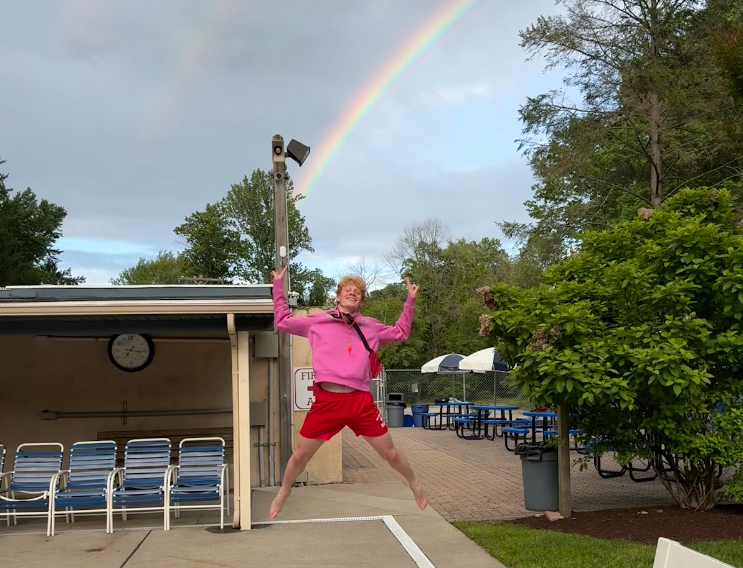
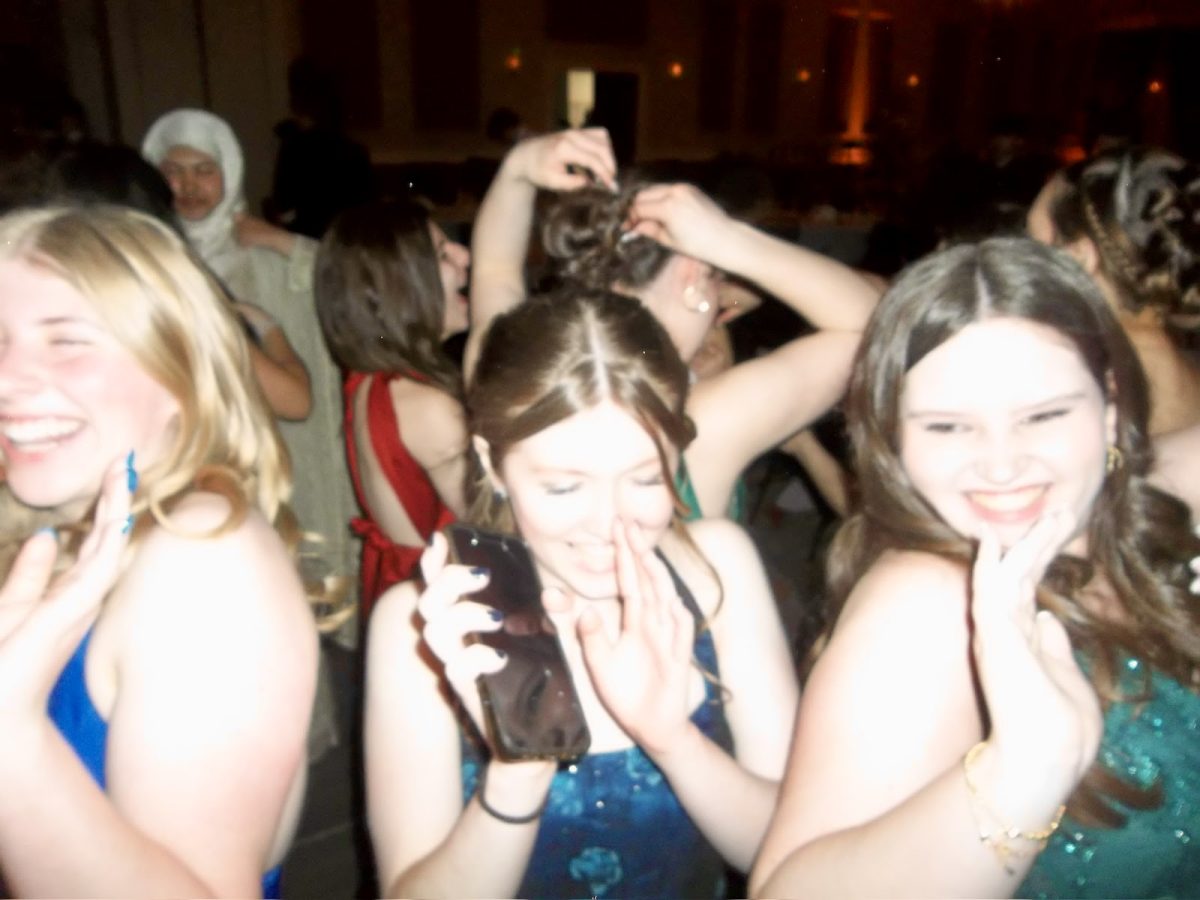
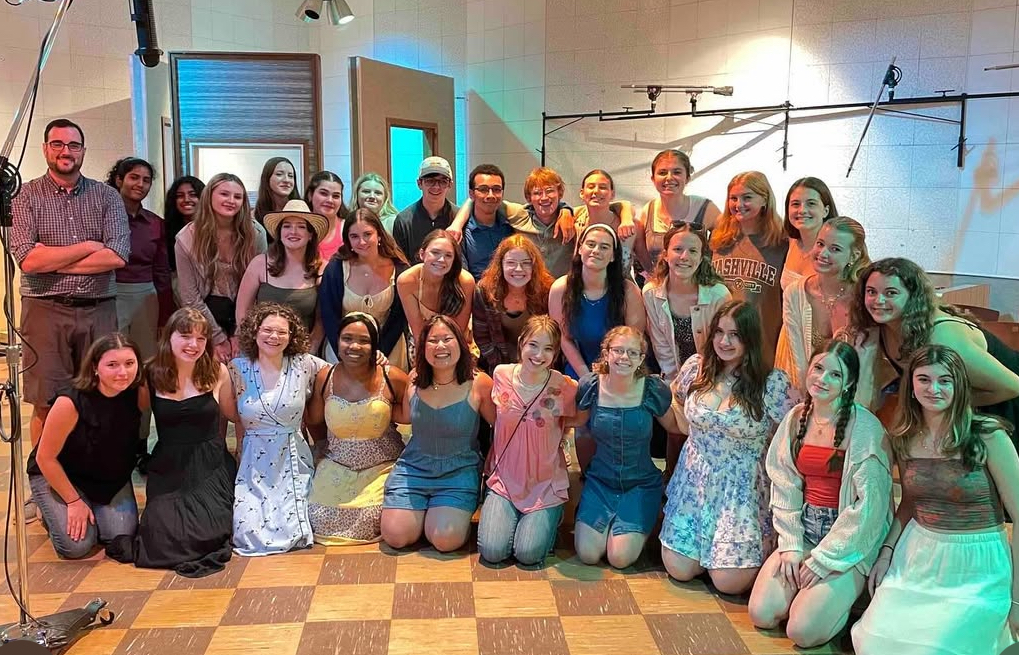

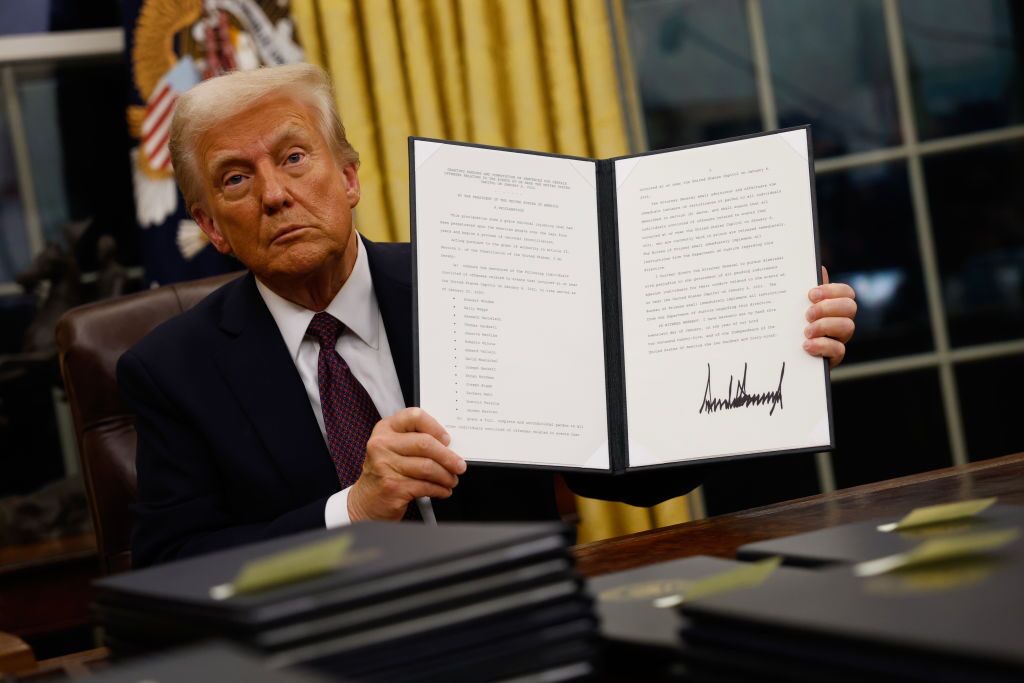
Bianca Salerno • May 29, 2025 at 8:29 am
I just watched Cabaret with my grandmother and this article added so much depth to the story! Great job.